A perfect email marketing guide for novice marketers
E-mail Marketing:
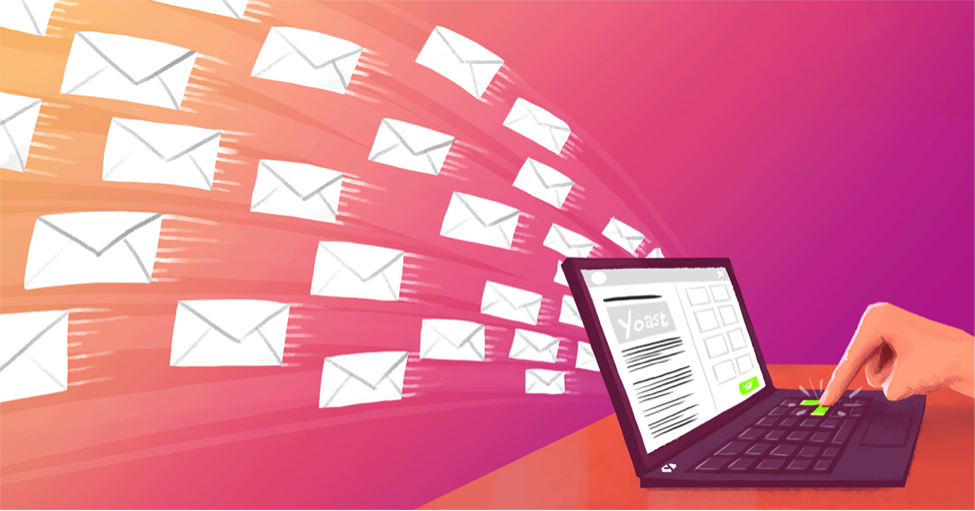
Before we were introduced to the World Wide Web, e-mails were people’s e-concern and trend. Although an e-mail is not your main concern after entering Web 2.0 and being introduced to its enhanced features, it is still an essential tool for marketers. Nowadays, the messages we receive are replaced by status updates (Facebook, Instagram, WhatsApp, and Snapchat), likes, and tweets but that does not mean that our affection towards e-mails is less than these new features. Building a strong email marketing campaign is more critical than any time before. However, in order to prosper as a business owner, you should definitely learn how to do it right:
Step One: Get permission
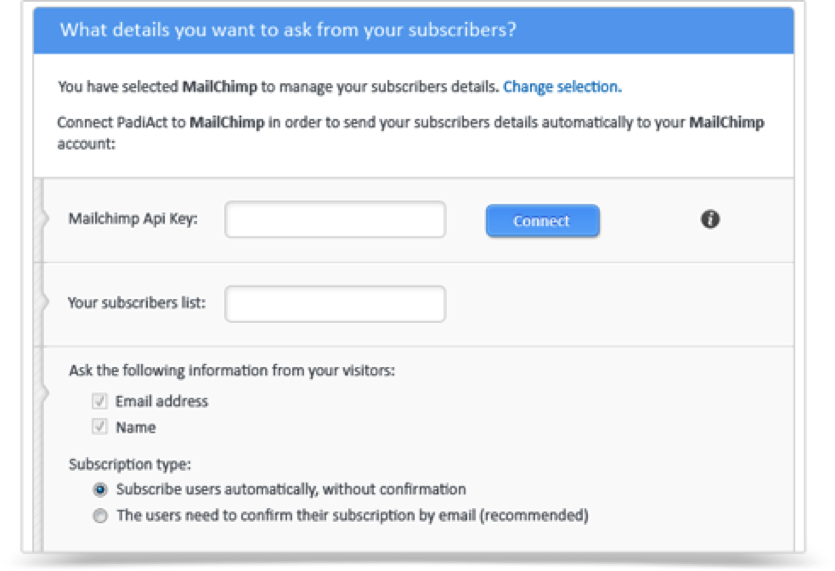
When asking for a visitor’s e-mail address, it is very important to remember that you should have a clear and specific objective. You should effectively identify what will the user get whenever he gives you his or her email address? How repeatedly will you email him or her? Are they going to be spammed? Are you offering incentives and discounts? Will you target his needs and send relevant offers? Etc.
Here are some call-to-action (CTA) examples:
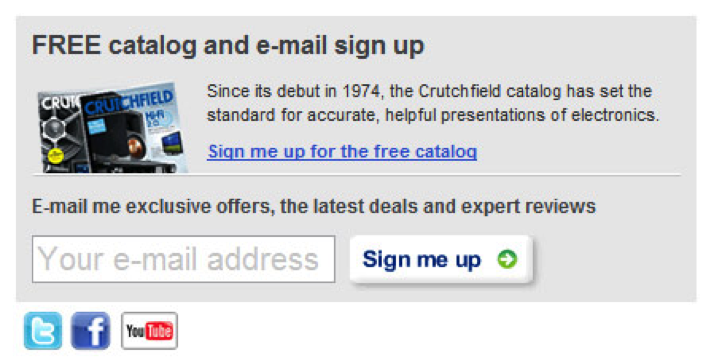
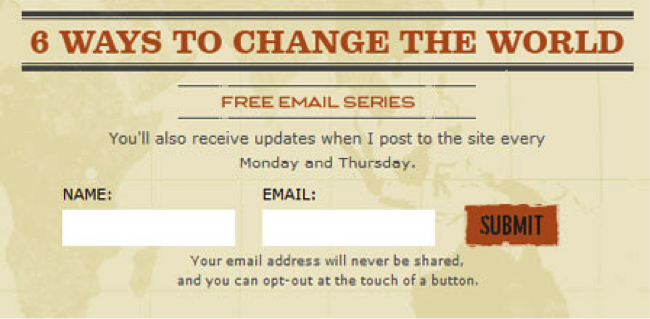
Moreover, you should always be whitelisted since it is the most efficient way to ensure delivering your emails perfectly well. Whenever you are in the white list, you are considered a friend to the user which is best achieved when you join the receiver’s address book. This could be provided as a call-to-action if instructions are put on the top of the receiver’s email.
Step two: Meet the receiver’s expectations
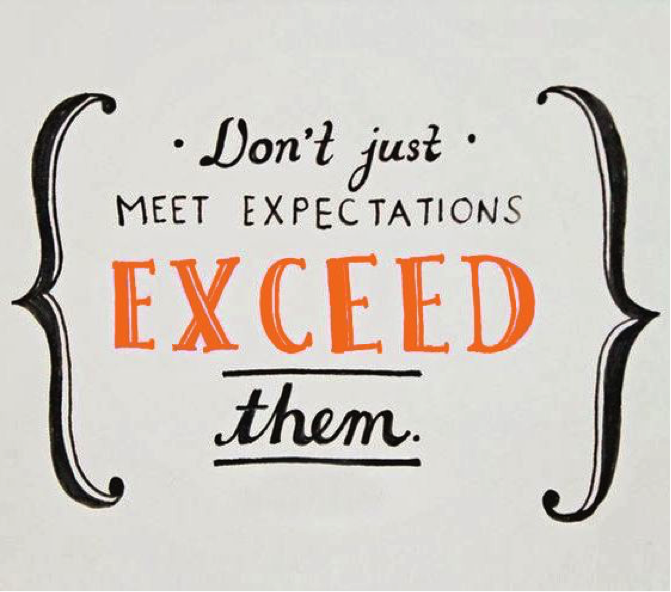
Email marketing goes around meeting the receiver’s expectations. Whatever you promise him or her, your actions should be consistent with that promise. For example, if you promised to send emails once per week, you cannot just change your mind and send them daily. Such a case will definitely lead to dissatisfaction.
Follow-ups are really crucial in perfectly meeting those expectations or exceeding them. They should most importantly be used in an introduction email immediately after the user fills up his information providing him with details (what are you going to be sending frequently) in a goal of meeting their expectations and exceeding them.
Step three: Email analytics
1- Open Rate: In contrast to a low percentage of open rate, a high percentage is an evidence that people are not deleting your messages and that the emails are meeting their expectations.
2- Click-through-rate (CTR): A low CTR is an evidence of an untargeted email, no calling to action, or that the copy needs improvement. This is where you may need to improve your copy from previous campaigns, change your email design, spice up your content, make sure images are not blocked, and work on your CTA.
3- Unsubscription Rate: A high rate of unsubscription is a clear evidence of creating value and positioning the content in the reader’s mind. You have to pay attention to the user’s leaving timings through metrics and analysis. For example, if the reader is leaving after getting marketing messages, then you should work more on the way you deliver your offers.
Email marketing is one of the most important tools used by marketers in 2018, can you just imagine how is it going to boost in the next years?








